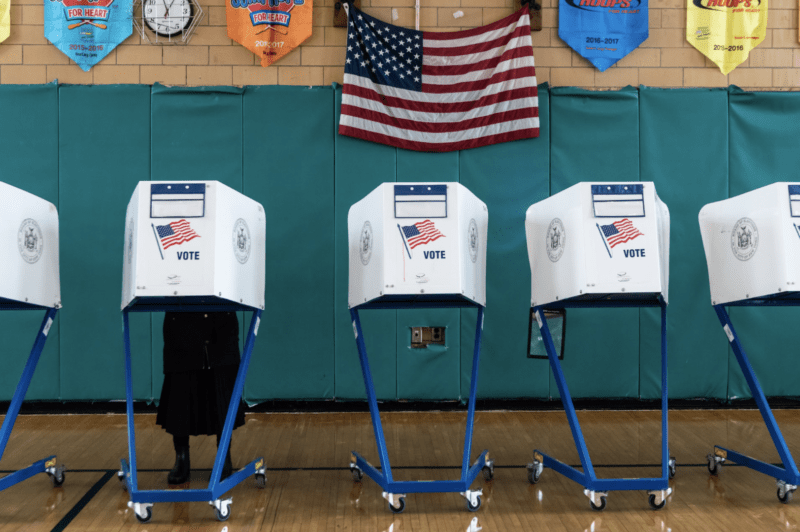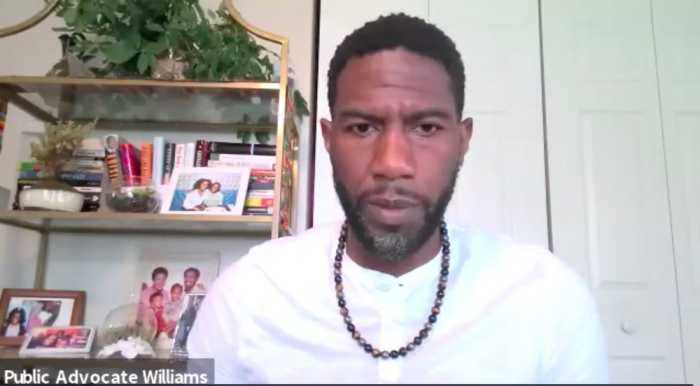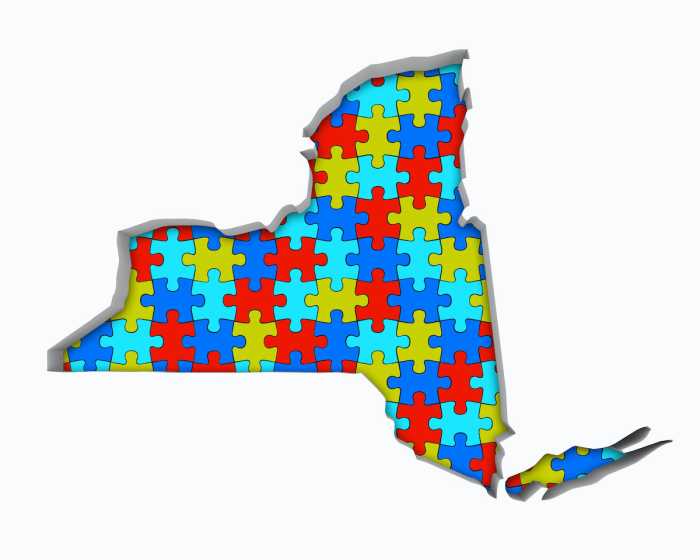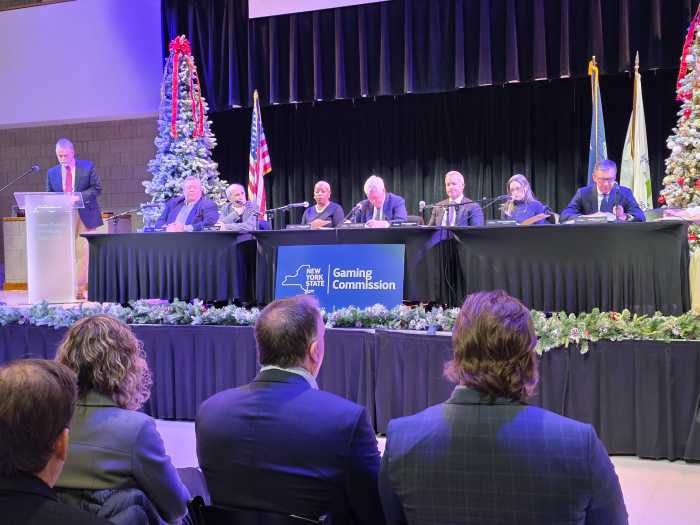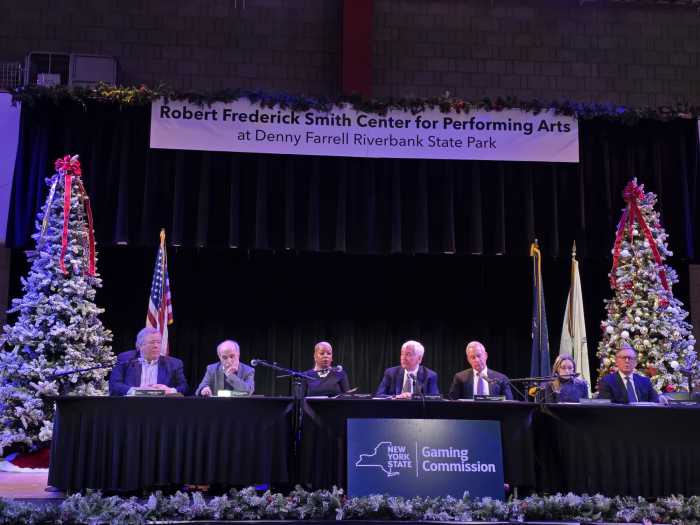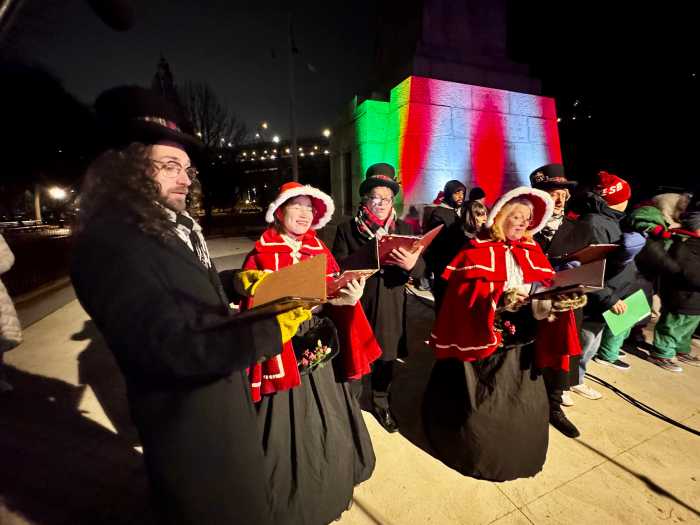A veteran watchdog of the city’s election process and a leading expert on the state’s redistricting process are both crying foul over the lack of outreach to the public regarding five statewide ballot proposals that voters are being asked to weigh in on during the Nov. 2 Citywide General Election.
Ballot proposal No. 1 deals with the important issue of redistricting, which redraws district lines of elected officials every ten years after the U.S. Census to reflect population shifts. The proposal asks voters to freeze the number of state senators at 63, amend the process for the counting of the state’s population, delete certain provisions that violate the United States Constitution, repeal and amend certain requirements for the appointment of the co-executive directors of the redistricting commission and amend the manner of drawing district lines for congressional and state legislative offices.
“[This proposal] pertains to the reapportionment and redistricting of our neighborhoods. I believe that many voters are unaware of these proposals and will be reading them for the first time when they go to vote,” said Brooklyn Republican District Leader Lucretia Regina-Potter, who in June 2015 discovered the city’s City’s Board of Elections purging voters as first reported by Kings County Politics, the parent organization of PoliticsNY.
On the State Board of Elections website, all five proposals are listed with abstracts of a few explaining the actual proposals, but BOE officials have not gotten back to PoliticsNY on whether the abstracts would also be printed on the ballot.
In proposal No. 1, the abstract states a repeal of the state constitutional amendment adopted by voters in 2014, which created a redistricting commission. It specifically removes the requirement that the two co-executive directors of the redistricting commission be members of different political parties, which could impact the bipartisan nature of the commission.
The proposal also requires that state assembly and senate district lines be based on the total population of the state, and require the state to count all residents, including non-citizens and Native Americans if the federal census fails to include them. Additionally, it provides for incarcerated people to be counted at their place of last residence, instead of at their place of incarceration, for the purpose of redistricting.
According to New York Law School Professor Jeffrey Wice, who has deep knowledge of redistricting issues, the state is not required to promote its ballot questions, creating a situation unlike the City’s efforts to promote and explain the concept of Ranked Choice Voting to voters.
“What we do have is explainers that are provided by the state board of elections when you go to vote. Also, groups like the New York City Campaign Finance Board and the League of Women Voters publish materials on their own that explain the amendment, but oftentimes we find that these proposals are not explained to the public in a way that can be better done,” said Wice.
In total, there are five ballot measures. Ballot measure No. 2 asks voters to approve an amendment to the state constitution that would establish the right of each person to clean air and water and a healthful environment.
Ballot question no. 3 asks voters to approve the elimination of the 10-day advance voter registration requirement.
Ballot question no. 4 authorizes no-excuse absentee ballot voting, which could mean that the city elections will continue to take weeks to tabulate after election day.
Ballot question no. 5 asks voters to increase the New York City Civil Court’s jurisdiction by allowing it to hear and decide claims for up to $50,000 instead of the current jurisdictional limit of $25,000.
Wice said the chief responsibility to explain the ballot proposals to voters falls on the City’s Campaign Finance Board (CFB) and the City’s Board of Elections (BOE).
CFB Spokesperson Matt Sollars told PoliticsNY that the CFB in conjunction with the BOE is in the process of mailing out a voters guide that also explains the ballot proposals to all registered city voters.
The guide will also be online at Voting.NYC on Oct. 12, a full three weeks before the election, he said.
Both Sollars and BOE Spokesperson Valerie Vazquez-Diaz said it is the role of the media to educate the public as to the pros and cons of the ballot proposals, but neither the CFB or BOE put out any press releases—something they do all the time —announcing or explaining the proposals.
Regina-Potter believes that the lack of public education outreach is being purposely by those in power that want them to pass.
“It gives the opportunity to those that want the proposals to go through very little resistance. I don’t recall any media bringing attention to these proposals to date,” she said.


